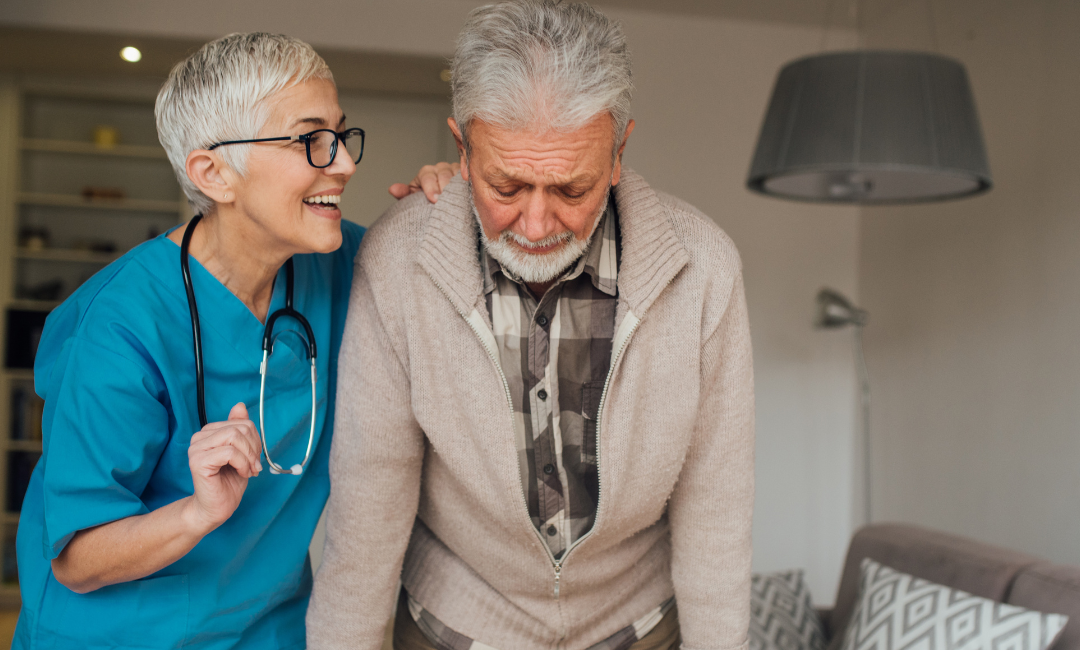Categories of Complementary and Alternative Medicine
Complementary and Alternative Medicine (CAM) includes a wide range of therapies and practices that may be effective in treating certain health conditions and ailments. Examples of the main categories of CAM include the following:
Biologically Based Approaches
Homeopathy: This practice involves using very small doses of natural substances to stimulate the body’s natural healing abilities.
Naturopathy: This practice focuses on using natural remedies and therapies, such as herbal medicine, nutrition, and lifestyle changes, to promote health and prevent disease.
Manipulative and Body-Based Treatments
This practice includes a variety of physical manipulations to the body to realign the skeletal system, promote muscle relaxation, and healing. A common type of body work includes chiropractic care. Reiki is an ancient system that involves the use of the practitioner’s hands to transfer energy to the patient, with the goal of promoting relaxation and healing.
Mind-Body Interventions
This category includes those that focus on the mind and body by restoring energy (known as chi, chakra, or vital energy) through meditation, yoga, and spiritual practices.
Whole systems
This includes ancient systems such as Traditional Chinese Medicine, Ayurvedic medicine, Native American, or Latin medicine practices. They have been taught and passed down for generations and include a variety of other types of CAM therapies including herbs, foods, ceremonies, energy healing, prayer, and rituals with amulets.
Energy Systems
This includes various practices and treatments that can be incorporated into all the above categories and focuses on the core belief that energy is vital and affects all body systems and impacts health and disease.









